Sd.Kfz. 222 Leichter Panzerspähwagen
Small but deadly!
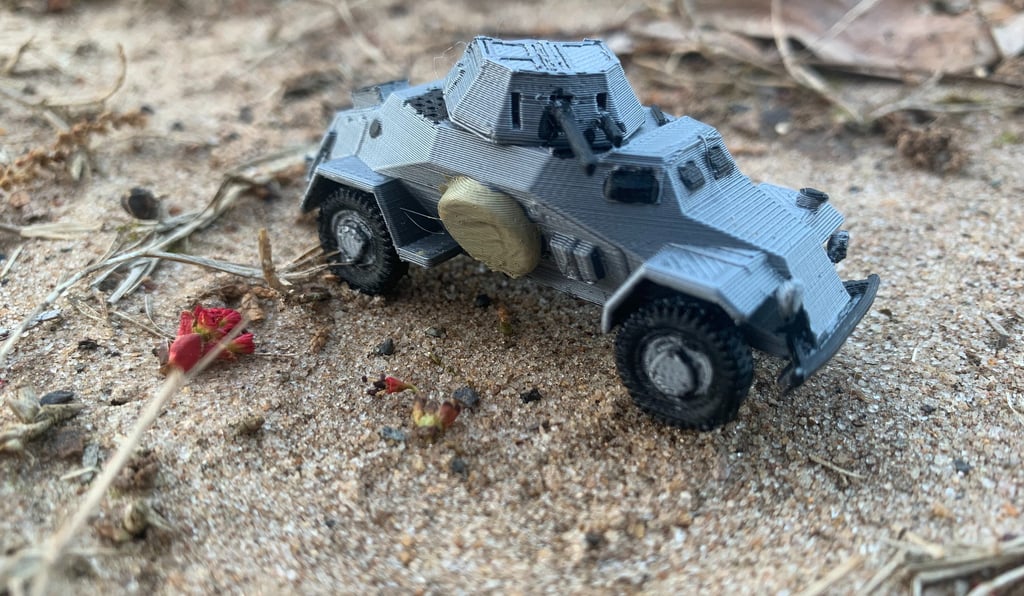

The Sd.Kfz. 222 Leichter Panzerspähwagen...
Now thats a mouthful...The Sd.Kfz. 222 Leichter Panzerspähwagen was the light armored reconnaissance vehicle of the German Wehrmacht during the early years of WWII. Small, sleek, and surprisingly well-armed for its size, this four-wheeled scout was the eyes and ears of Germany’s blitzkrieg machine.
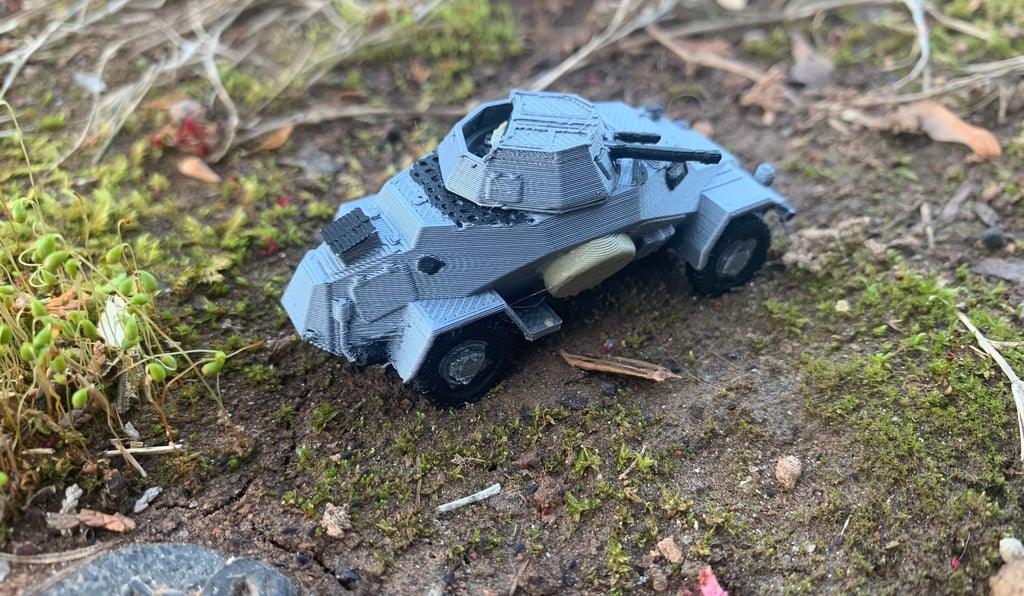

Let’s start with the looks—because this thing just looks cool.
With its angular armor, open-top turret, and exposed mesh anti-grenade screen, the 222 has that perfect “dieselpunk patrol car” vibe. If you dropped it into a sci-fi movie or a tabletop wargame, no one would bat an eye. It’s one of the most recognizable armored cars of the war, and it earned that reputation.
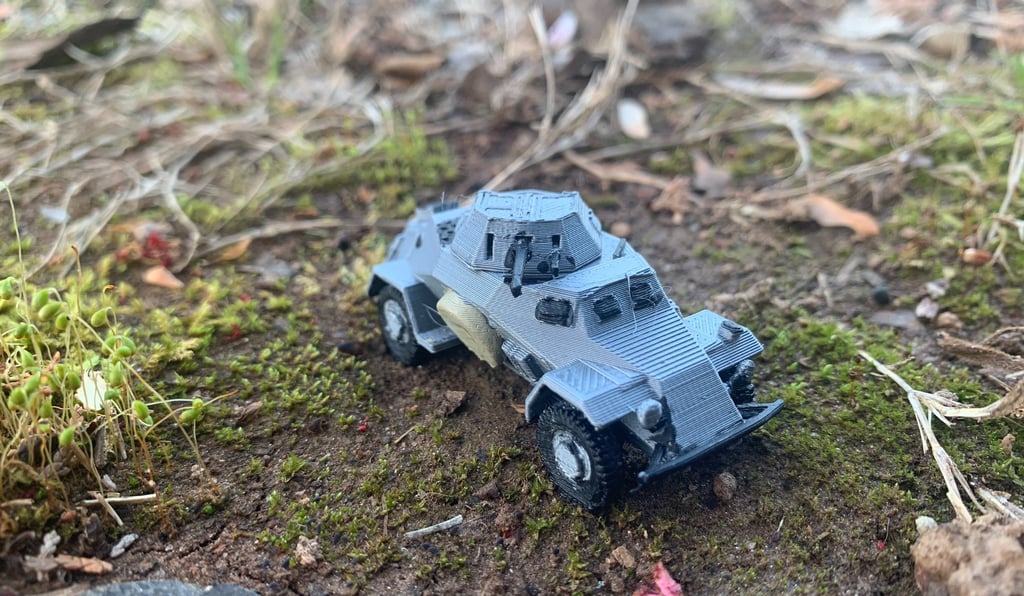

Under the hood?
A Horch V8 engine, pushing this 4x4 to a top speed of about 50 mph (85 km/h) on roads—fast for an armored vehicle in its day. Its light build and speed made it perfect for recon missions, screening flanks, or just tearing across enemy terrain to get eyes on the ground.
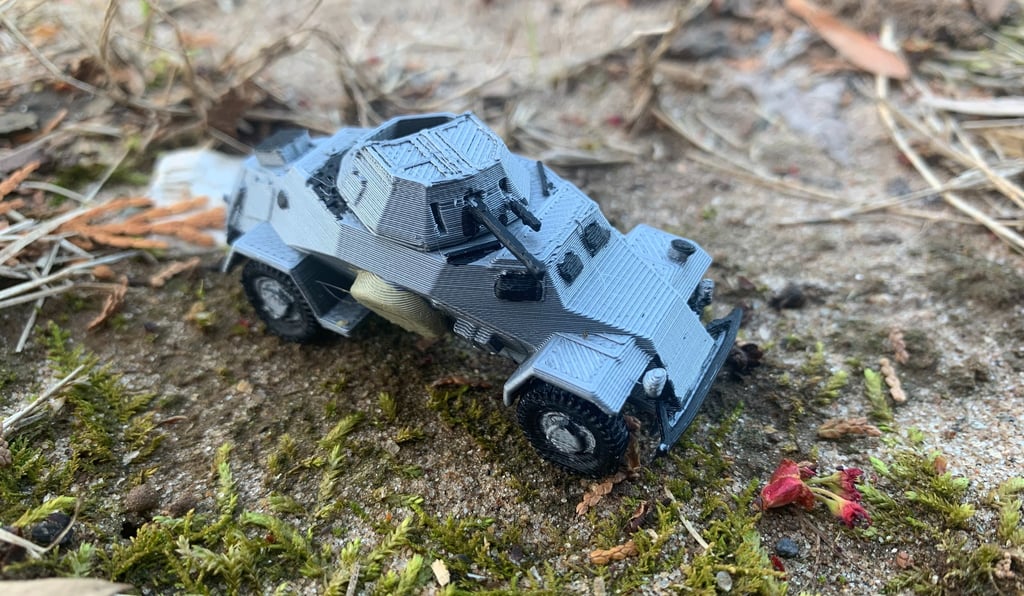

Armor-wise? Don’t get your hopes up.
The 222 had up to 15mm of armor—enough to stop small arms fire, maybe a light burst of shrapnel, but anything heavier (like an anti-tank rifle or a hidden mine) would ruin your day. It wasn’t meant to fight tanks; it was built to spot them, report back, and get out before things got hot.
He's a Flanker, not a Fighter
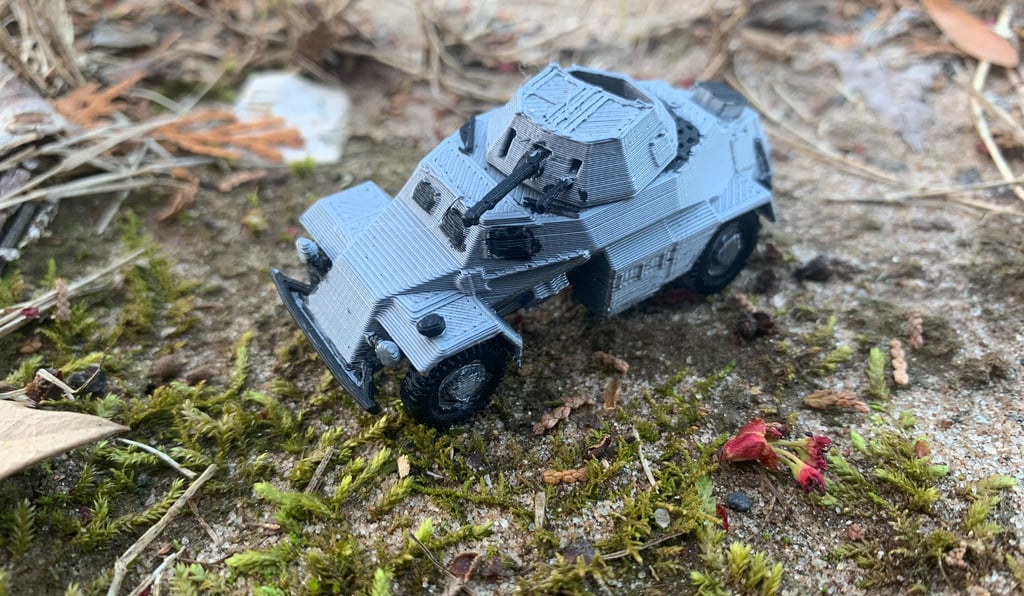

But the real party piece? The armament.
The Sd.Kfz. 222 came with a 20mm KwK 30 autocannon, later upgraded to the KwK 38 in some versions. This thing shredded infantry, soft vehicles, and low-flying aircraft. Paired with a coaxial MG34, it gave the 222 enough firepower to hold its own against anything lighter than a medium tank. For a recon vehicle, that was serious muscle.
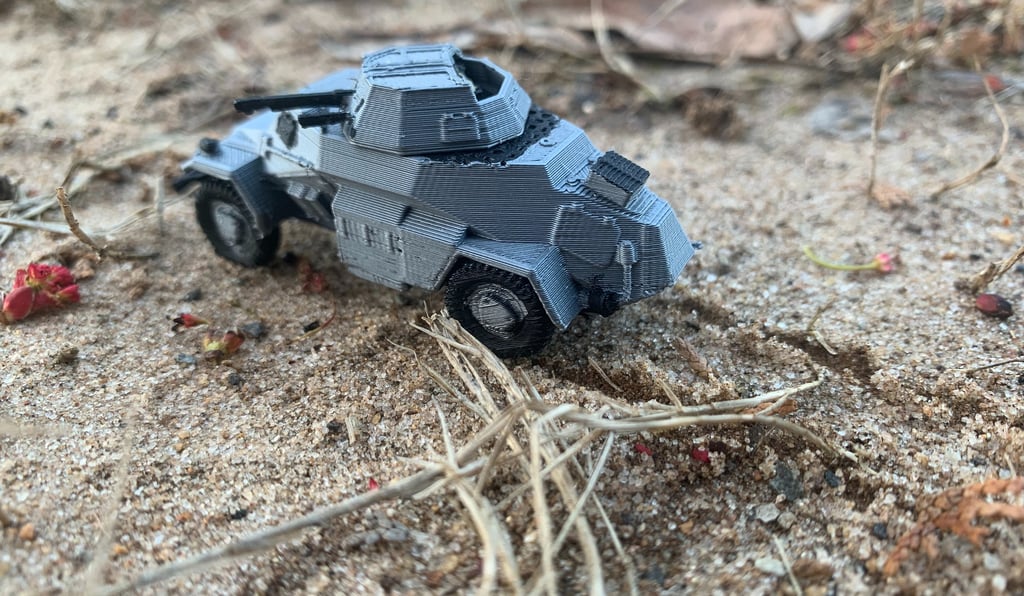

And yeah, it was open-topped.
That cool-looking wire mesh wasn’t just for style; it was a grenade screen to keep enemy troops from lobbing gifts into the turret. It also meant the crew of three (commander/gunner, driver, and radio operator) had decent visibility—but at the cost of being incredibly vulnerable to airbursts, snipers, and the weather. Rain or shine, you were out there.
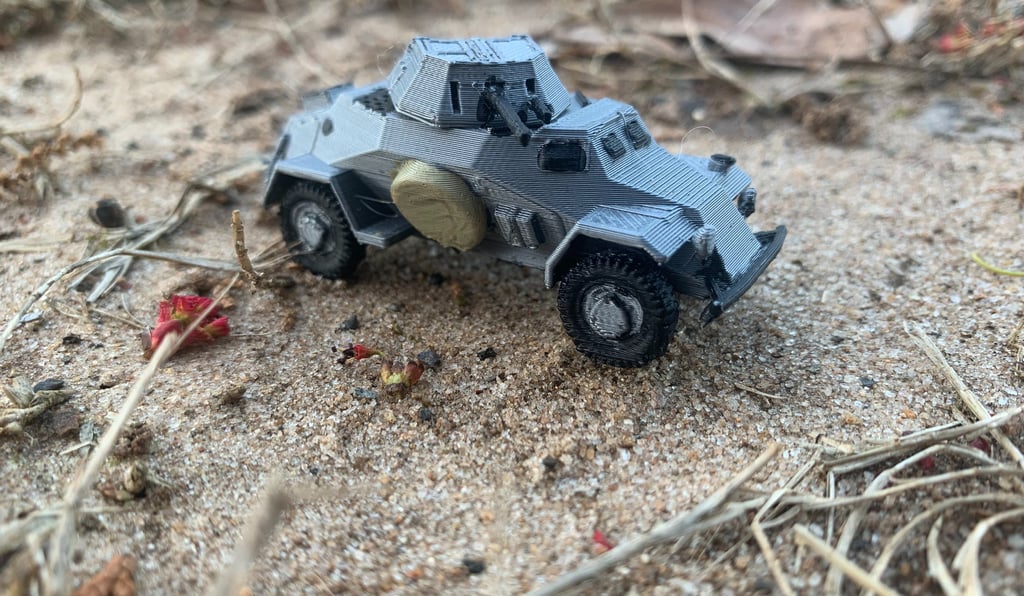

As far as where it served? Pretty much everywhere.
From the wide deserts of North Africa to the frozen forests of the Eastern Front, the Sd.Kfz. 222 was deployed in almost every theater. It excelled in the early war, when German armor was still mobile and the blitzkrieg was in full swing. But by 1943–44, as anti-tank weapons got stronger and the battlefield more lethal, the 222’s light armor and open top made it increasingly vulnerable.


Still, the 222 left its mark.
It was fast, fun to drive (by WWII standards), and had enough teeth to back up its bark. For reconnaissance units, it gave just the right mix of speed, firepower, and style, and let’s be honest: it’s still one of the most photogenic vehicles of the entire war.
Bottom line?
It was the stealthy reporter of the Wehrmacht, able to provide valuable scout information quickly. But if found, it certainly had a bite to fight back with!
